
GUEST BLOGGER ANNA CROWLEY REDDING
COVID-19: One of the biggest science stories of our lives
Hello! My name is Anna Crowley Redding. I’m the author of two nonfiction young adult books, with six more titles on the way. Prior to writing for young readers, I worked as an Emmy-award winning investigative reporter. So, when I look at what’s happening right now around the world as we face a global coronavirus pandemic, I see questions. Lots of questions that provide an opportunity for teens to investigate a science story as it’s happening. All they need is a journal, an internet connection, and lots of questions.
There is no doubt about it, COVID-19 is wreaking havoc on lives, school years, businesses, finances, our health care system, and more. There is no denying or minimizing how difficult this is.
At the very same time, a fascinating and heroic science story is unfolding before our very eyes.
With millions of students at home because of the COVID-19 related school closure, this is an opportunity to watch:
- a compelling race to understand the virus
- how we stop it
- how we treat those who have it.
This is where science comes alive. The stakes are high. People’s lives depend on innovation, research, and the success of the scientists trying to help.
COVID-19 by the numbers
The World Health Organization offers a daily “Situation in Numbers” report on their website. It’s a fascinating look at the pandemic in its entirety. How many people diagnosed? Treated? Where is the latest outbreak?
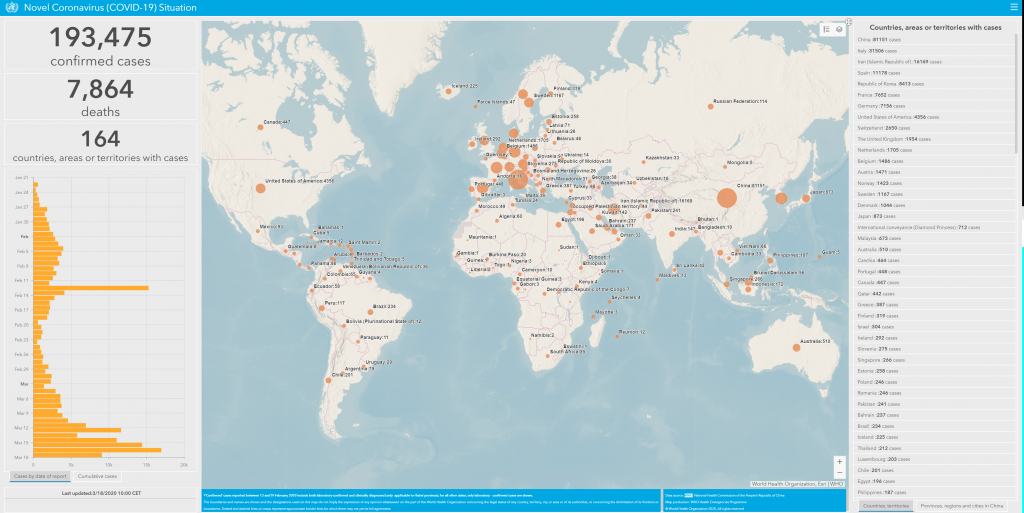
Our World in Data shows what COVID-19 spread looks like when you do the math and plot it out.
COVID-19 research
How do we investigate it? And how do we write our own research? Here are some ideas to get you started.
Start at the National Science Foundation’s special section on COVID-19. This government agency funds some of the most important research projects in the world. A couple of examples? They funded the team that took the first ever picture of a black hole, and the team who detected gravitational waves for the very first time in history. Huge breakthroughs!
Erwin Gianchandani, is the Deputy Assistant Director of NSF’s Directorate for Computer and Information Science and Engineering. We asked him to give you a snap shot of what’s happening right now in the fight against COVID-19.
“Physicians across the country and around the world are racing to treat infected patients, while researchers are hunting for clues to better understand and potentially slow the current outbreak and prevent future ones. As part of NSF’s Rapid Response Research (RAPID) funding mechanism, we funded time-sensitive research on SARS, Ebola and MERS, and how those diseases spread — information that is informing how we track the spread of COVID-19. Now, a new wave of RAPID grants is in review to specifically address COVID-19.”
Erwin Gianchandani, Deputy Assistant Director of NSF’s Directorate for Computer and Information Science and Engineering
Right now, NSF has more than 80 active research projects that investigate different aspects of infectious disease. They range from pathogen detectors to studies of how diseases travel through society to workshops that bring together experts to discuss the forefront of this area of research. You can find the full list here, and they include information on the investigators. Not all projects will be a perfect fit to your search. For coronavirus, the new awards are in the process of being made, and will be posted soon. But combing through the list, you can find out who is working on this research. In some cases you can find them on Twitter or find articles about their research. You can also often find presentations researchers have given on YouTube.
More research
- In articles like this one from Europe, you can see that the global race to come up with a vaccine is leading to calls for collaboration.
- The WHO has an entire section on research and development. That’s where the innovation is happening. What technological and/or scientific inquiries will deliver a breakthrough?
- Meet an all-female team working on a COVID-19 vaccine.
It’s fascinating to look at and shows you the power of math to visualize what’s happening and predict what will happen next. The Visual Capitalist has tons of great ways to visualize what’s happening. https://www.visualcapitalist.com/infection-trajectory-flattening-the-covid19-curve/
How data tell a story
How can you use visual data to tell your story?
Go back in time! This pandemic began in China. What did they get right? What can we learn from their efforts?
Practice journalistic research habits
A couple of things when you are investigating what scientists are doing.
- SOURCES: Check your information. Where is it coming from? Is it coming from trusted journalists? Is it coming from the research institutions themselves? The agencies that are funding them?
- JOURNAL: Write down what you are finding. Decades from now, people will be asking you what you did during the COVID-19 pandemic. You’ll have this journal with your research to show them. Plus, if you become a scientist yourself, you’ll have a record of your first investigation.
- BRAINSTORM: Make a list of questions. Brainstorm ways to answer them. Just because you may not yet be a scientist, doesn’t mean you shouldn’t start training yourself to think like one!
- ASK QUESTIONS: When you learn who is doing the research, send them an email with a question. They’ll probably get back to you when they have a chance! Keep those questions brief and to the point. Show off how well you understood their work by asking a question they have not already answered elsewhere.
- SHARE: Share what you are discovering with your family, fellow future scientists, and your teachers.
Dig in!
With this kind of research, you can dig into the front lines of this story as it is happening. You start to piece together what scientists are doing. Stay safe during the breakout and enjoy learning about the heroes behind the scenes working to save lives!
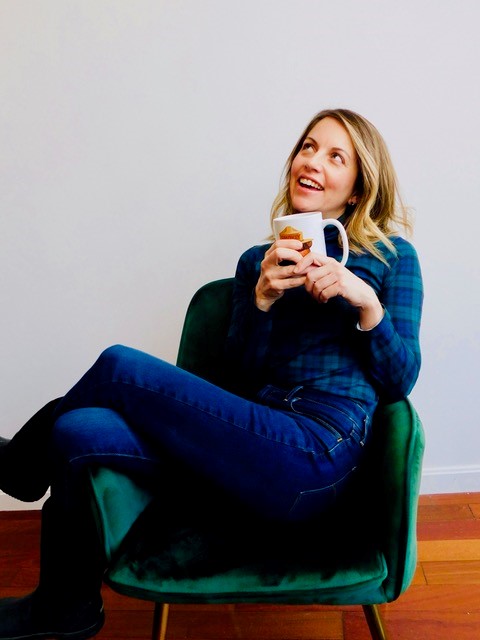
Anna Crowley Redding is the author of riveting young adult nonfiction Elon Musk: A Mission to Save the World and Google It: A History of Google (How Two Students’ Quest to Organize the Internet Changed the World). Anna’ s work has received critical acclaim and is translated into Russian and Czech. Honored by the National Science Teachers Association for Best STEM Book of 2019 and 2020, Anna’s first two books pull back the curtain to bring us the stories behind big tech.
Before diving into the deep end of writing for children and teens, Anna became an Emmy-award winning investigative television reporter and journalist. The recipient of multiple Edward R. Murrow awards and recognized by the Associated Press for her reporting, Anna is thrilled to now focus her stealthy detective skills on digging up great stories for young readers! Her debut picture book Rescuing the Declaration of Independence: How we almost lost the words that built America will hit shelves in April 2020 with more books on the way.
You can keep in touch with Anna on Instagram @AnnaCrowleyRedding and Twitter @AnnaRedding and her blog
Anna’s publishers can be followed on Twitter here: @feiwelfriends @harperchildrens @islandportbooks and @candlewick
Featured image: Photo by Noah on Unsplash


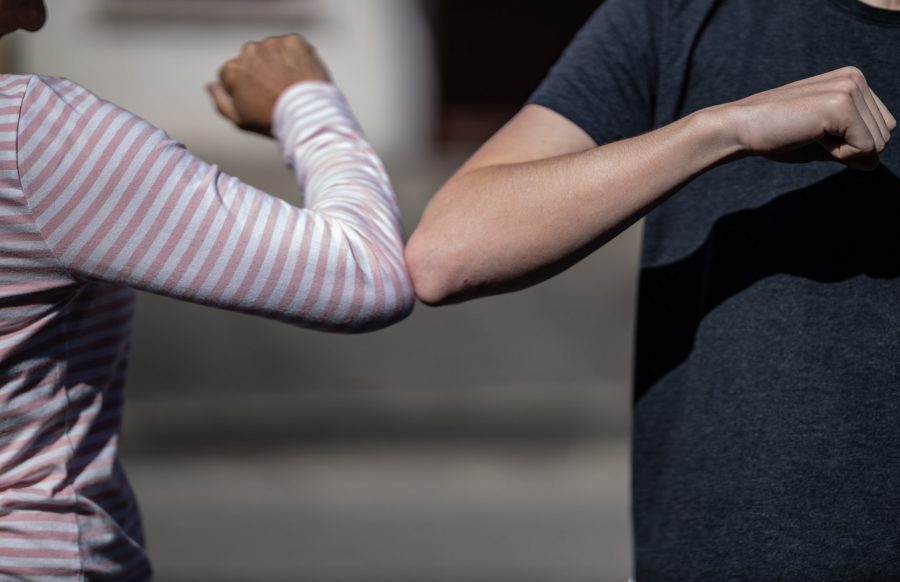

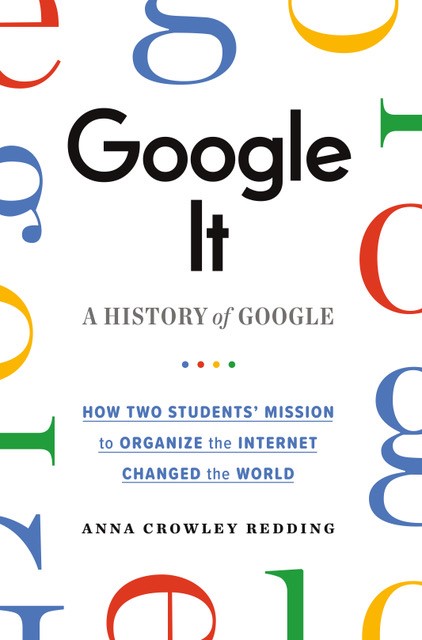
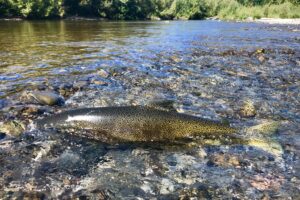
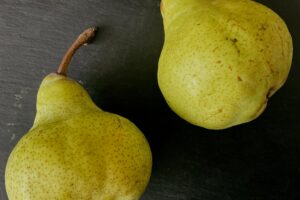
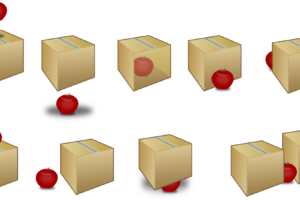


Leave a Reply
Your email is safe with me.